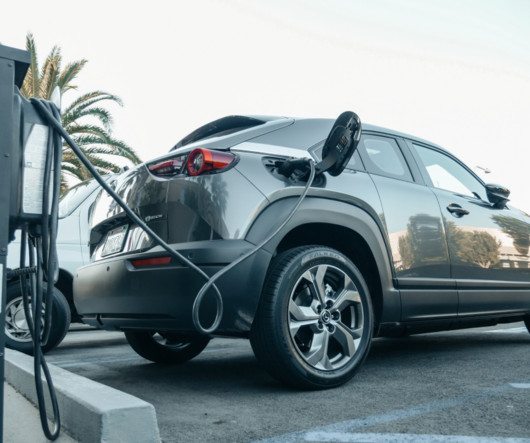Study suggests global impact of obesity may be extra ~700MT/y CO2eq: about 1.6% of worldwide GHG emissions
Green Car Congress
DECEMBER 23, 2019
All oxygen-dependent organisms on the planet produce carbon dioxide as a result of metabolic processes necessary to sustain life. Total carbon dioxide production from any species is linked to the average metabolic rate, the average body size and the total number of individuals of the species. —Magkos et al. Resources.

















Let's personalize your content